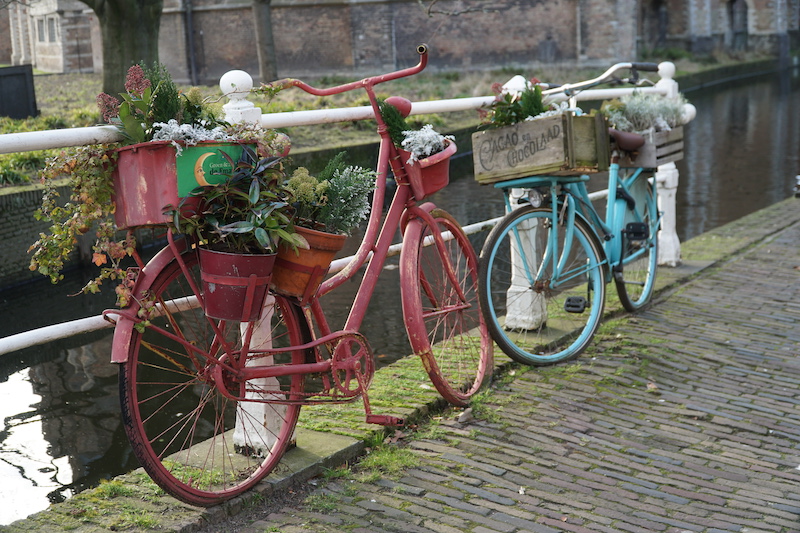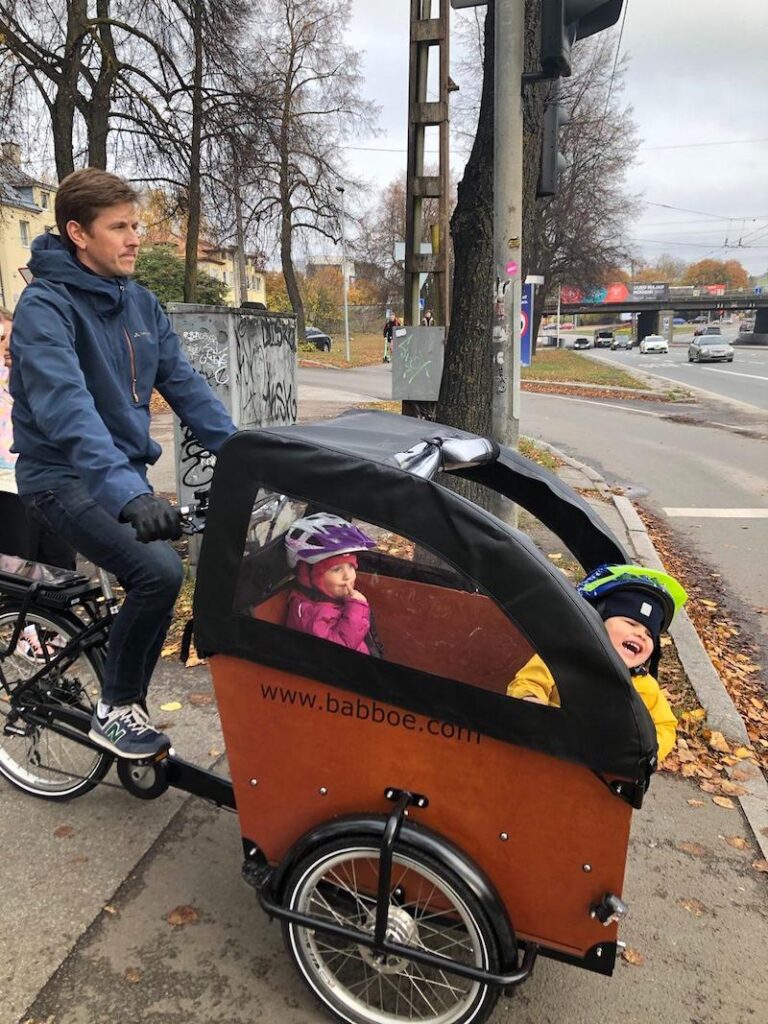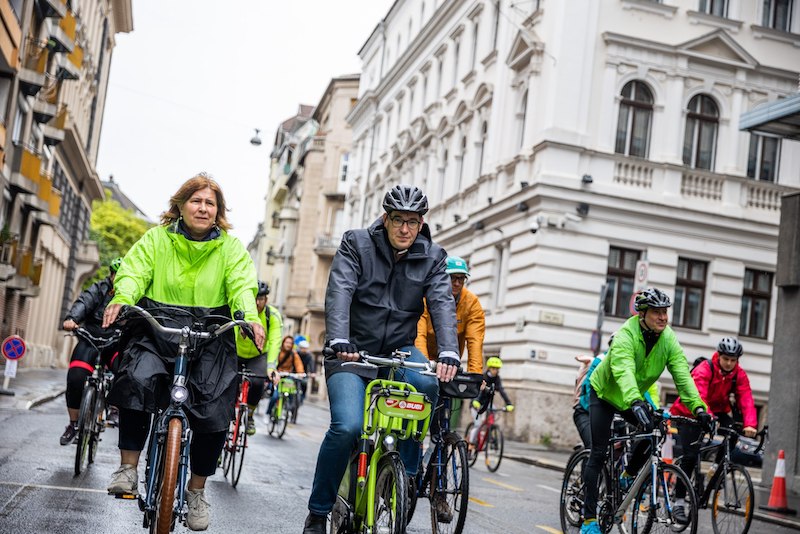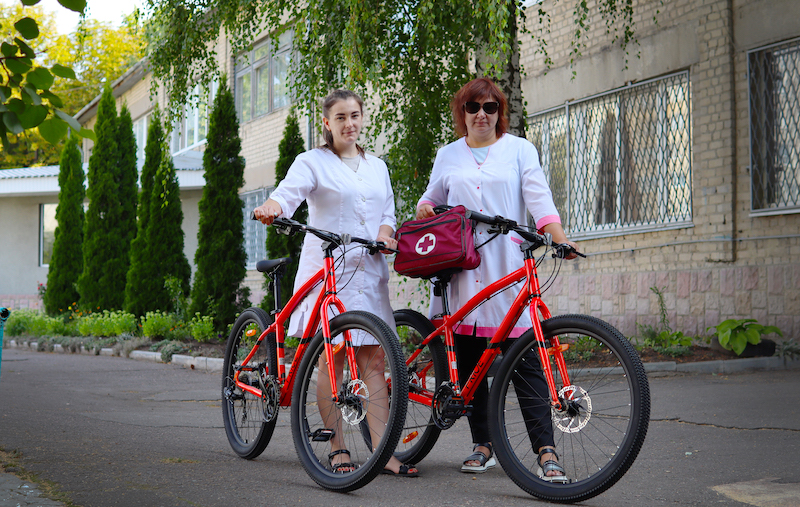Cycling is deeply ingrained in Dutch culture, with over 23.4 million bicycles out of a population of 17.5 million. This has evolved over decades, starting in the 1890s when the flat terrain and compact urban areas made cycling a convenient choice of transport. Following World War II, the Netherlands prioritised cycle networks to connect cities, towns and rural areas.
In the 1970s, cycling advocacy groups emerged, and the government responded with significant investment in cycling infrastructure, and focusing on “slow traffic”. Cities and towns were designed with separated bike lanes, bike-friendly intersections, and traffic-calming measures.
In big Dutch cities, car-free areas and pedestrian zones are becoming more common. Amsterdam’s city centre has restricted car access with no major opposition. Generally, locals like it this way: at the end of last century, when cars threatened to take over, thousands protested against giving more space to four-wheels.
Nowadays, all train stations have huge bike parks for those who bike to take the train. Bike-sharing programs have also been implemented across Dutch cities, offering easy access to bicycles for short-term use. Individuals can easily rent a bike at a train station, use it to reach their destination, and return it at another location. It costs around 4.45 euros per 24 hours, which is usually reimbursed by employers.
Dutch companies often provide incentives for employees to commute by bike or public transport. Some offer tax benefits, reimbursements for bike expenses, or subsidised public transport passes. Cycling education is also integrated into the school curriculum, emphasising road safety and cycling skills from a young age.
The Dutch cycle more than 15 billion kilometres a year, with urban planners ensuring essential facilities (supermarkets, shopping and recreational areas, hospitals, schools and stations) are within cycling distance. However, the state secretary for infrastructure Vivianne Heijnen has emphasised the need for continued effort, as almost half of car journeys are shorter than 7.5 kilometres, a distance easily covered by cycling.






